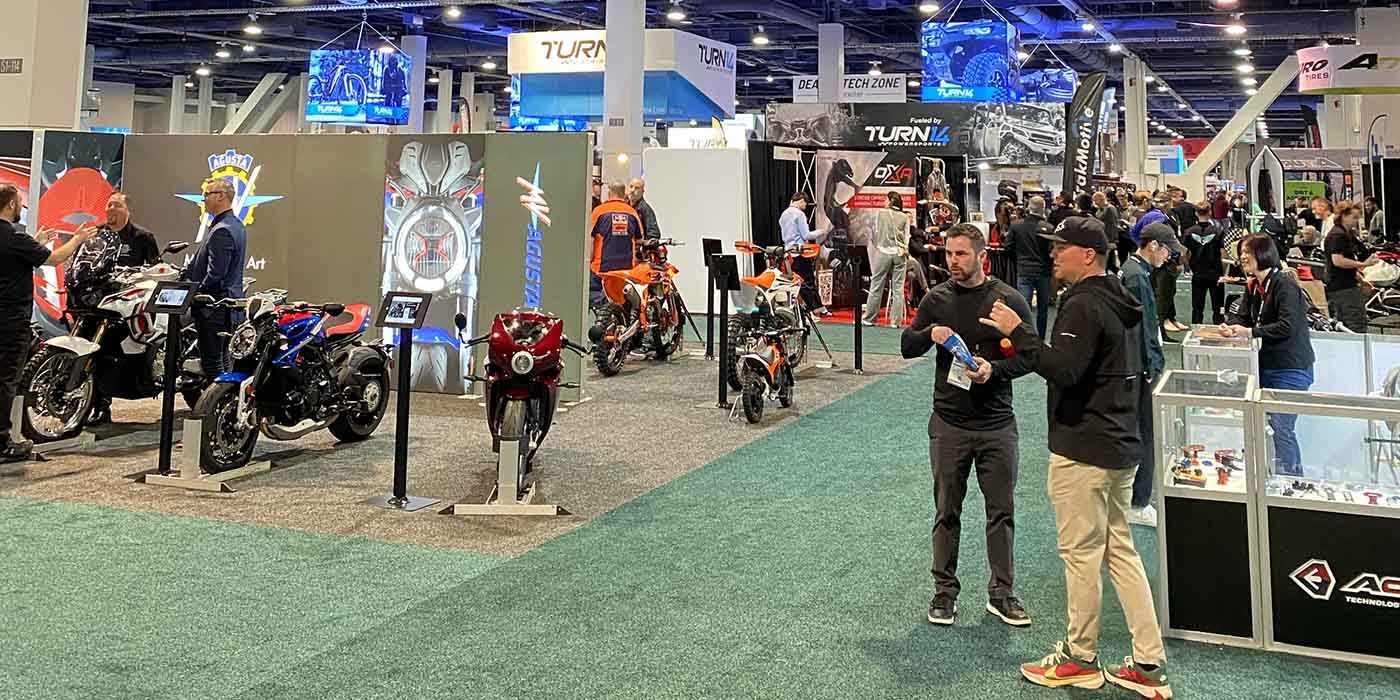The prospect of making substantial profits in F&I is not a new idea in our industry. The fact is that some have turned the prospect into profit, and others…well, let’s just say they’re still prospecting. How are the best in the business moving volumes of contracts, you ask?
Late night TV may offer some answers. Most of us want to know what a product will do for us before we even entertain the idea of purchasing it. Think of an infomercial: The lively pitchmen get us interested in how the product will improve our lives well before the sultry announcer’s voice tells us that for only three easy payments of $19.99, we could own this piece of modern space age technology today. The best infomercials have the ability to suck us in for 20 to 30 minutes. Are micro-grills and space-age sponges really the “must-haves” in life?
Placing price before benefit to illustrate value is somewhat backwards in infomercial methodology. Would you give someone a half-hour of your life if they said, “Super Sucker for only $99.99! It will only take 30 minutes of your time to convince you this product is a must-have!”? This is what we do when we place an F&I menu in front of our clients before talking about the benefits of the product.
The new spin in F&I menu-selling mirrors TV pitchman philosophy. Showcase the features and benefits before you even think about offering price options. We want the client to want the product before presenting the price.
There are several phases to apply the infomercial strategy to the powersports business office:
Establish that we have a friendly personality and have nothing to sell. The purpose of the business office is to ensure document accuracy and legal disclosure of the consumer’s options.
The “info” part of infomercial comes from the word information. They spend a lot of expense to make the set look like an educational show that showcases great products. There is no personal gain. They just want to inform us this great product exists, right?
Remember, we already established we are not here to sell anything, just inform. Our sales process should have introduced the business office manager and the service department to the client during the “customer loop.” The client is greeted at the office door with enthusiasm for the new purchase and the good times that are sure to follow.
As we sit down, we say, “John, we only have three things to do in this office: Make sure the paperwork is correct, legally disclose your options and settle up with your payment.” We move into how the government requires complete disclosure of all lender and consumer protection programs. Establish how we are going to go through the highlights now before we get into the paperwork, but any pricing options will be included in the forthcoming paperwork.
A common statement is; “Stop me if you have any questions about the programs benefits but hold any pricing questions as I have not looked at that document yet.” There should be no paperwork on the desk at this point.
Disclosure should be systematic and highlight each applicable product feature and benefit.
Example: “John, you have a one-year fender to fender warranty on your new bike. You have the option to extend the coverage from one year to five. The extension includes national coverage and…”
Each applicable product is verbally gone over in bullet-point format. This is better than an infomercial because the client can ask us about specific details as we go. The more questions they have, the more interest exists. Once each program is disclosed and highlighted, we ask; “What questions do you have for me about your options?”
The reason for not having the price menu at this time is simple: Your client will pay more attention to the paper than to your words. Every time we slide a document in front of the client, they will read what we placed in front of them. That is what they are supposed to do, right? Verbal disclosure with no distractions places the focus on the benefits of the programs, not the cost. Full pricing disclosure will come later with the other documentation. If the client is not looking at you, are they listening to you?
Once the questions are addressed, it is time to get to the the signatures. A good segue is, “Well John, now that we got that out of the way, what do you say we get a few signatures?” We show excitement for the client and hold back on sales pressure.
Offer the client the ability to elect or decline the options by using the product menu. It is best to sign a few regulatory documents before the menu presentation. This is to establish the menu is just one of the random required documents, not the focus of the previous disclosure. Placement of the menu should also be near the middle of the order, not at the end. The menu presentation will now be abbreviated as you have already addressed most of the features, benefits and questions. The only decision now will be the packaged pricing for the created value. Allow a final opportunity to assure the client is informed about any declined options. We simply ask the client to initial next to the product, signifying they understand the option but wish to waive the benefit.
Each product is now discussed at least three times without the client feeling sales pressure. The products are sold based on the value to the client and/or the uncertainty of waiving the option. All objections are addressed by reciting other clients’ buying rationale. Directly addressing the objection from the employee’s point of view is selling, which is contradictory to the atmosphere we have created.
Provide the clients with their selection by adding the elected options to the bill of sale and other documents. We will still have a few regulatory documents to sign as we placed the menu close to the middle of the order. This will give you some time to make any necessary changes and keep the time line efficient. This process has been found to save time over the traditional method. The narration of the features and benefits simply occurs in a different order. The decision time is shorter and more favorable to the client electing to take advantage of the products.
Product providers like RPMOne offer a Zero Interest Program (ZIP). This program sets up your client on a scheduled billing cycle. There is no credit check and can be a home run if utilized properly.
Now you can offer easy payments to your cash buyers, as seen on TV. Our clients will probably get a lot more use out of an extended service or priority maintenance agreement than a garage full of dusty gadgets purchased under the influence of the glowing flat screen.
Give this twist a try for a week. I think you will find the millions of late-night infomercial viewers have the same buying behaviors as your daytime adventure seekers.
RPMOne is a leading provider of finance and insurance products and dealer development services, dedicated to serving the powersports market. Due to its comprehensive experience with dealerships, lenders and insurance companies, RPMOne has created top-tier F&I programs, web based tools, training programs, and sales and marketing systems, all designed to meet the unique demands of the powersports industry. The company’s mission is to increase each client’s profit to its fullest potential.













